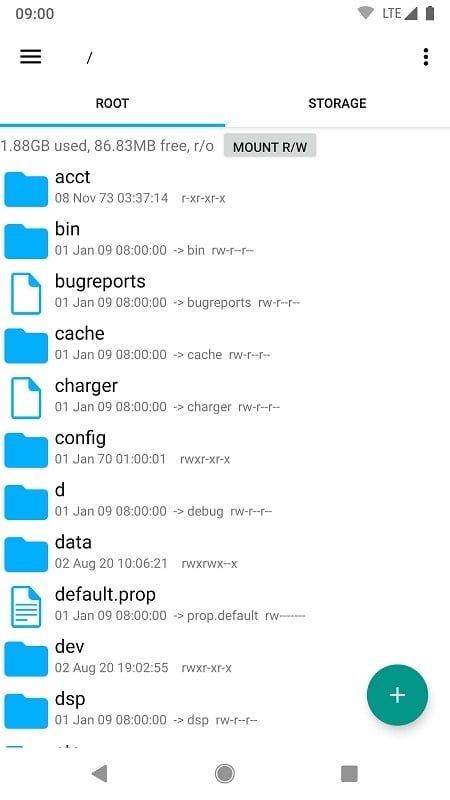Exploring Root Explorer: A Comprehensive File Management Tool
Root Explorer is a versatile file management application that supports a wide range of storage platforms, including Google Drive, Dropbox, Box, and SMB networks. With its ability to access SQLite databases, function as a text editor, and create or extract zip and tar files for decompression, Root Explorer offers a plethora of features that cater to various user needs. The application’s functionality is so extensive that it’s nearly impossible to list all its capabilities. Ultimately, how you use Root Explorer depends on your specific tasks, as it provides tailored features for different jobs.
Understanding the Main Interface
When you first launch Root Explorer, the main interface displays the available folders on your device. These folders play a crucial role in ensuring your smartphone operates smoothly and efficiently. While they primarily affect the software, they do not impact the hardware. Each folder contains numerous files that work together to maintain the system’s functionality. Think of it as a company where each department has employees working tirelessly to keep things running.
Folders in Root Explorer are represented by two types of icons: a blue folder or a white report. Each icon signifies a different role and functionality. The primary tasks you’ll perform with this app include adding or removing files from external sources, decompressing files, downloading new application versions, and updating software. These practical features have made Root Explorer a trusted tool among users. Additionally, the app provides guidance on how to perform these tasks effectively.
Managing Files and Folders
Every file within Root Explorer serves a specific purpose, making any changes to them significant. To insert a file into a folder, simply select the desired folder and paste the copied file. Renaming files can help you distinguish them more easily, and they can be displayed as text or code depending on your needs. You can also change the ownership of a file by moving it to another folder or mark it for identification. However, opening certain files may require third-party tools. Root Explorer also allows you to copy the source code of a file for sharing purposes, offering a wide range of functionalities for different tasks.
Expanding Storage with Tabs
At times, you may find that one of your tabs is full and cannot be expanded further. In such cases, Root Explorer allows you to open a new tab by clicking the large plus sign in the bottom corner of the screen. This action brings up options to create new accounts, such as a regular file from the SD card or tabs for third-party services like Google Drive, Box, Dropbox, or network connections. Each tab type serves the same purpose of storing folders and files but may include additional features specific to the connected service. The apps you need for your work are likely available within these options.
Taking Screenshots with Enhanced Security
Root Explorer includes a built-in screenshot feature, which is more secure than the standard screen capture function on smartphones. This feature ensures that the captured images contain the most critical information, making them ideal for use as evidence in discussions or for future reference. The screenshots are saved in a dedicated location within the app. You can swipe your finger over the visible area to view them or click directly on an image to make edits as needed.
Simplifying Office Tasks
In many office environments, tasks involving files and folders are common and can be complex without the right tools. Root Explorer was designed to simplify these tasks, enabling users to accomplish their goals quickly and efficiently. True to its name, Root Explorer addresses issues from the root, providing comprehensive solutions for file management challenges.
Whether you’re managing files, expanding storage, or capturing secure screenshots, Root Explorer is a powerful tool that streamlines your workflow and enhances productivity.


